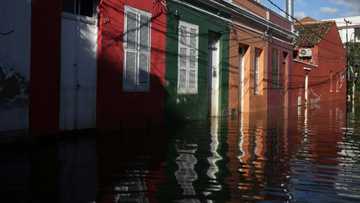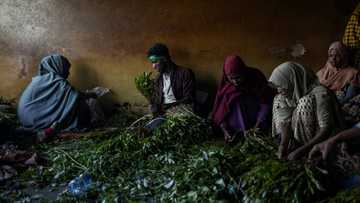Parts of Canadian city in oil sands region evacuated as wildfire draws near
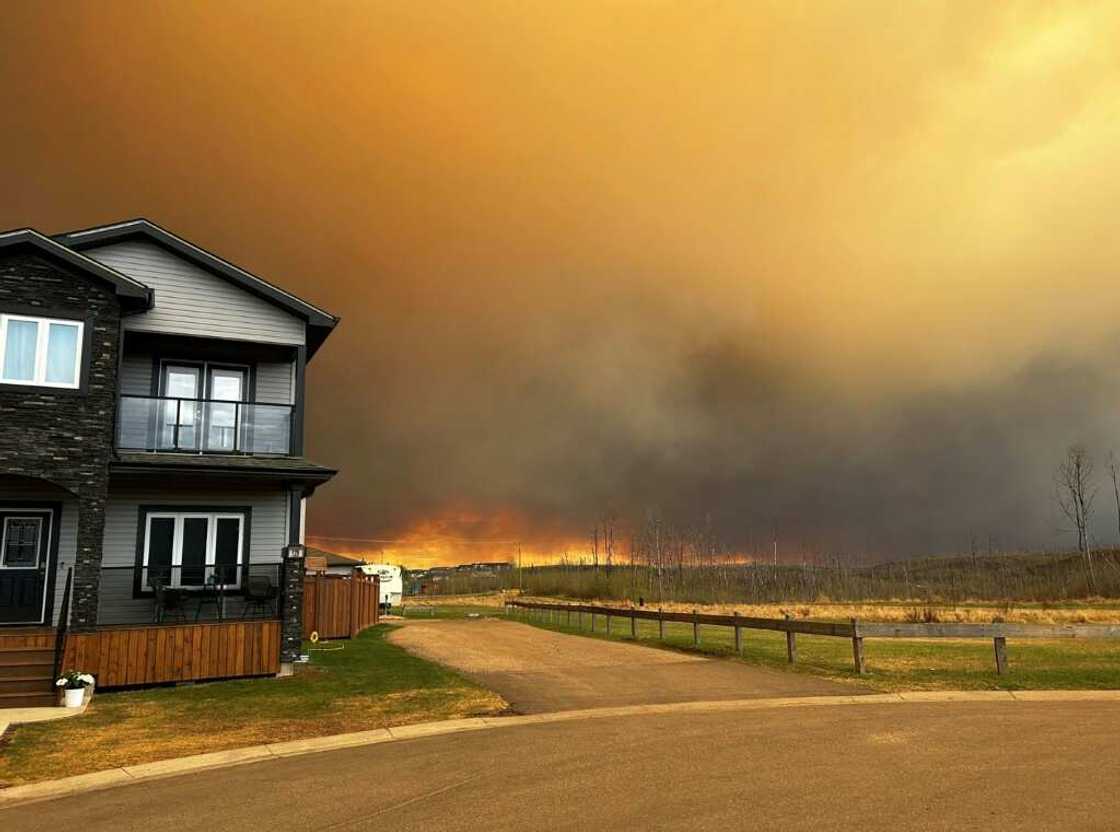
Source: AFP
PAY ATTENTION: Leave your feedback about Legit.ng. Fill in this short form. Help us serve you better!
Four neighborhoods of Fort McMurray, a city in Canada's major oil-producing region, were ordered evacuated Tuesday as an out of control wildfire drew near and thick smoke filled the skies.
Shifting winds gusting to 40 kilometers per hour (25 miles per hour) fanned the flames, scorching 9,600 hectares of surrounding forests as it advanced to within 13 kilometers (eight miles) of the city that had been gutted by wildfires in 2016 -- one of the biggest disasters in the nation's history.
About 6,000 residents in the neighborhoods of Prairie Creek, Abasand, Grayling Terrace and Beacon Hill were ordered out by 4 pm local time.
By mid-afternoon, a highway south was jammed with cars and trucks fleeing to safety against a backdrop of plumes of dark smoke glowing orange in the distance and rising into the stratosphere, leaving behind an eerily quiet city.
"We're seeing extreme fire behavior," Alberta Wildfire spokeswoman Josee St-Onge told a news conference.
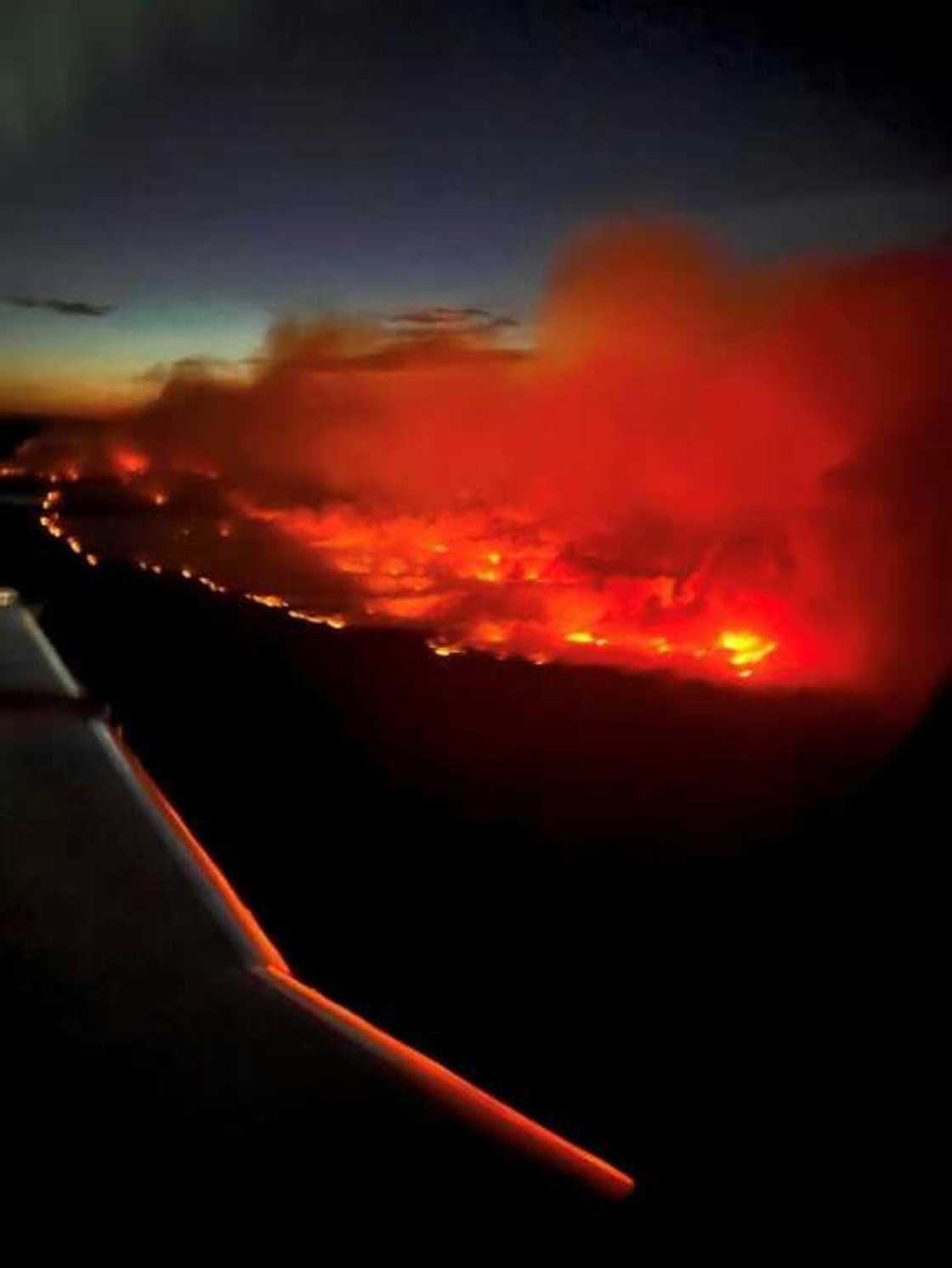
Source: AFP
PAY ATTENTION: Click “See First” under the “Following” tab to see Legit.ng News on your Facebook News Feed!
"Smoke columns are developing and the skies are covered in smoke," she said. "Firefighters have been pulled from the fire line for safety reasons."
Officials said the fire had grown significantly in multiple directions since Monday.
Regional fire chief Jody Butz, however, assured residents that crews were prepared, having cleared brush and erected fire barriers over the winter, and that water bombers were now dropping retardant to slow its advance.
"We are confident that we have the resources to defend these areas, but we need people out of harm's way," he said.
Fears of 2016 repeat
In 2016, the entire city with a population of nearly 100,000 was evacuated while production of one million barrels of oil per day -- almost one third of Canada's total output at the time -- stopped.
More than 2,500 homes and businesses were razed, with damage assessed at more than Can$3.7 billion. Tens of thousands of residents never returned to the city.
Authorities have been bracing for another possibly devastating wildfire season, after Canada's worst ever last year that saw flames burning from coast to coast and charring more than 15 million hectares (37 million acres) of land.
Dozens of zombie fires sustained by layers of dried peat continued to smolder beneath the surface of the boreal forest through the winter, which was warmer than usual and left a smaller snowpack, while drought has persisted across the region.
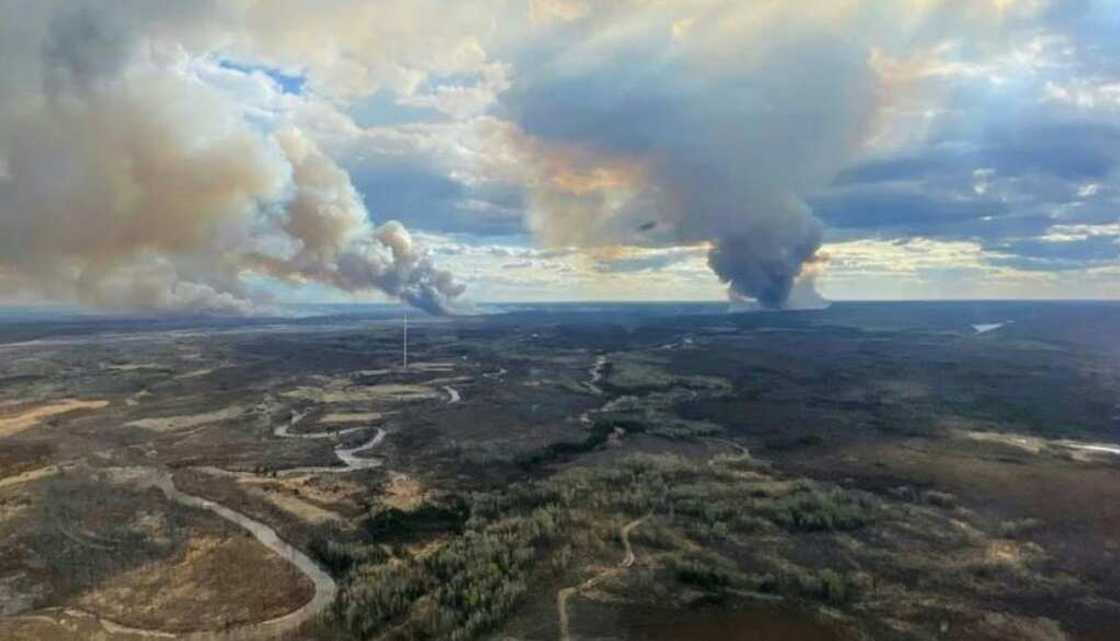
Source: AFP
In British Columbia, thousands of residents of remote towns remained under evacuation orders, while CN railway on Tuesday suspended rail service between Fort St. John and Fort Nelson, and north of High Level in Alberta "due to wildfire activity."
Rob Fraser, the mayor of Fort Nelson told AFP: "It's cool, it's overcast and the wind is just very slight. If everything continues like this, you know, we just might corral this beast."
Air quality warnings, meanwhile, have been issued across Canada and the United States as smoke from the Canadian wildfires wafted as far south as the US state of Oklahoma and over to Quebec province in the east.
PAY ATTENTION: Unlock the best of Legit.ng on Pinterest! Subscribe now and get your daily inspiration!
Source: AFP


